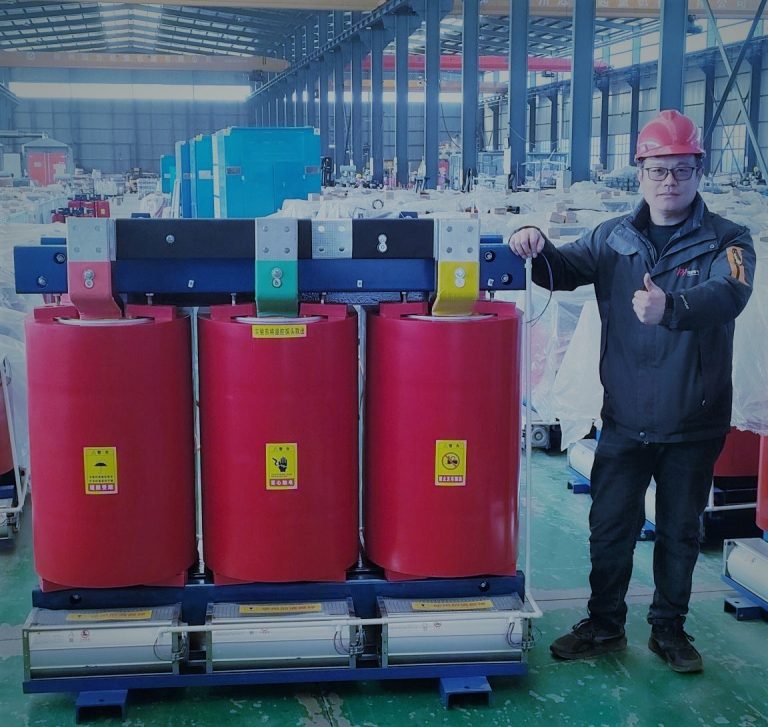Understanding the Different Types of Distribution transformers and Their Impact on Cost

Distribution transformers are an essential component of the electrical grid, providing a safe and reliable way to transfer electricity from the power plant to the end user. They come in a variety of types and sizes, each with its own unique characteristics and cost implications. Understanding the different types of Distribution transformers and their impact on cost is essential for making informed decisions about energy infrastructure.
The most common type of Distribution transformer is the three-phase transformer. This type of transformer is used to transfer electricity from the power plant to the end user. It is typically rated for a voltage of up to 25 kV and is designed to handle large amounts of power. Three-phase transformers are typically more expensive than single-phase transformers, but they are more efficient and can handle higher loads.
Another type of Distribution transformer is the single-phase transformer. This type of transformer is used to transfer electricity from the power plant to the end user, but it is typically rated for a voltage of up to 15 kV. Single-phase transformers are less expensive than three-phase transformers, but they are less efficient and can only handle smaller loads.
The third type of Distribution transformer is the dry-type transformer. This type of transformer is typically used in industrial applications and is designed to handle high voltages and currents. Dry-type transformers are more expensive than other types of transformers, but they are more efficient and can handle higher loads.
Finally, the fourth type of Distribution transformer is the pad-mounted transformer. This type of transformer is typically used in residential applications and is designed to handle lower voltages and currents. Pad-mounted transformers are less expensive than other types of transformers, but they are less efficient and can only handle smaller loads.
In conclusion, there are four main types of Distribution transformers, each with its own unique characteristics and cost implications. Understanding the different types of Distribution transformers and their impact on cost is essential for making informed decisions about energy infrastructure.

